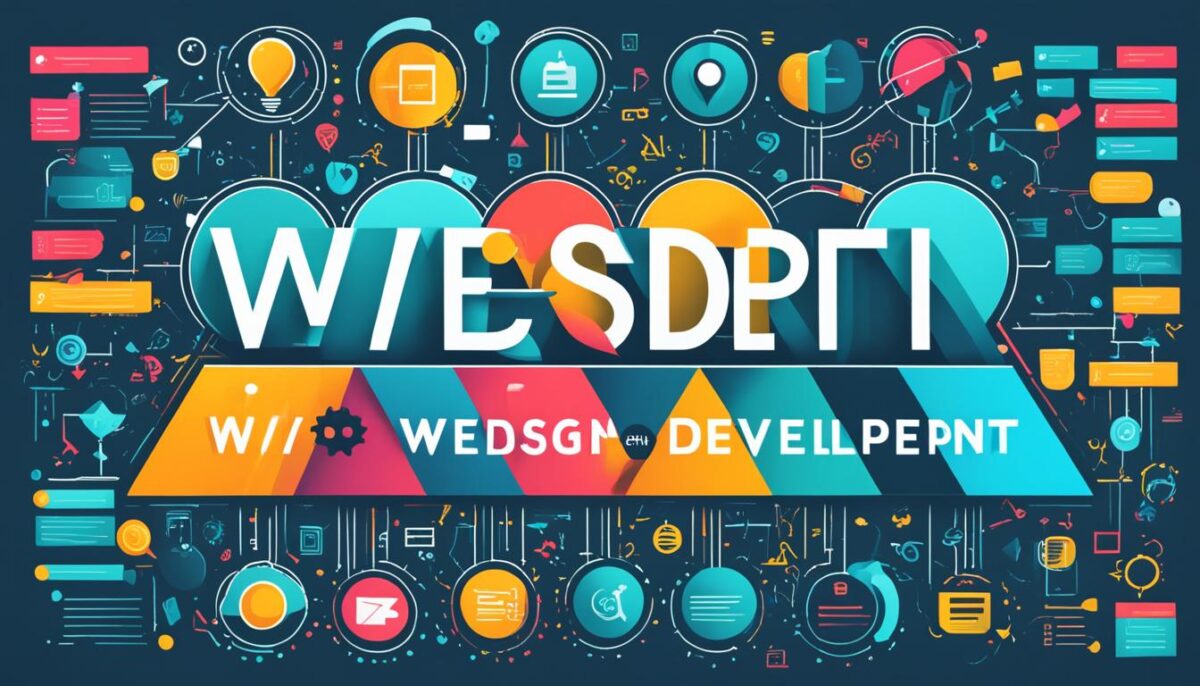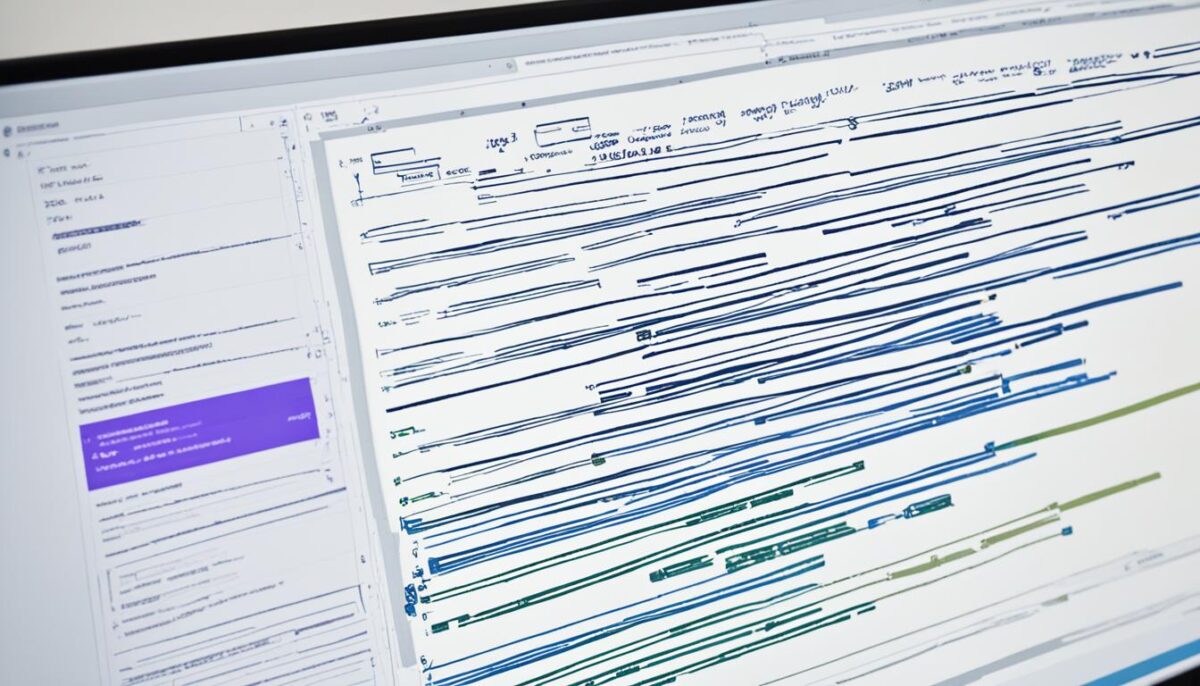Welcome to our guide on understanding the difference between web design and web development. If you’re new to the world of creating websites and web applications, it’s essential to grasp these distinctions to navigate the field successfully.
Web design and web development are both essential components of building a successful online presence. While they may seem interchangeable, they encompass distinct skill sets and responsibilities.
In this article, we will explore the specificities of web design and web development, equipping you with the knowledge to make informed decisions for your online projects.
Whether you’re a budding web professional or a business owner looking to enhance your digital presence, understanding the difference between web design and web development will set you on the path to success.
Understanding Web Design
In this section, we will delve into the world of web design. We will explore the role of web designers, their primary responsibilities, and the key skills they possess. By the end of this section, you will have a clear understanding of what web design entails and how it contributes to the overall web development process.
Web design is the process of creating the visual appearance and user experience of a website. Web designers are responsible for crafting the layout, color scheme, typography, and other visual elements that make up a website. They work closely with clients or stakeholders to understand their requirements and objectives, ensuring that the design aligns with the brand identity and target audience.
Web designers utilize various tools and software, such as Adobe Photoshop and Sketch, to create wireframes and mockups of the website. These visual representations allow clients to visualize the final product before it is developed. Once the design is approved, web designers work closely with web developers to implement the design using HTML, CSS, and JavaScript.
The Role of Web Designers
Web designers play a crucial role in creating a visually appealing and user-friendly website. They focus on the aesthetics, usability, and overall user experience of the website. Some of their key responsibilities include:
- Creating visually appealing and engaging website layouts
- Choosing color schemes, typography, and imagery that align with the brand
- Designing clear and intuitive navigation systems
- Optimizing the website for mobile devices
- Ensuring the website is accessible to all users, including those with disabilities
- Collaborating with web developers to implement the design
Web designers possess a combination of artistic skills and technical knowledge. They have a good eye for aesthetics, understanding how to create designs that are visually appealing and functional. They are proficient in design software, have a solid understanding of HTML and CSS, and stay up to date with the latest design trends and best practices.
“Good design is like a refrigerator—when it works, no one notices, but when it doesn’t, it sure stinks.”
Web design is a crucial aspect of the web development process. It sets the foundation for creating an engaging and user-friendly website that aligns with the brand’s objectives. By understanding the role of web designers and the skills they possess, you will be well-equipped to appreciate and collaborate effectively with them in your web development projects.
Exploring Web Development
In this section, we will dive into the realm of web development. Web development encompasses the technical and functional aspects of creating websites and web applications. A web developer is responsible for building and maintaining the underlying structure of a website, ensuring its functionality and responsiveness across different devices and browsers.
Web developers engage in various tasks, including coding, testing, debugging, and optimizing websites. They use programming languages such as HTML, CSS, and JavaScript to bring designs to life and implement interactive features. Additionally, they work closely with web designers to bridge the gap between visual aesthetics and technical implementation.
As web development continues to evolve, developers need to stay updated with the latest technologies and trends. They must be proficient in frameworks and libraries such as React, Angular, or Vue.js to enhance user experiences and streamline development processes.
| Primary Tasks of a Web Developer | Technical Skills Required for Web Development |
|---|---|
|
|
Web development plays a crucial role in the overall success of a website or web application. It ensures the seamless integration of design elements, functionality, and user experience. By collaborating with web designers and leveraging their technical expertise, web developers bring digital concepts to life, creating innovative and dynamic online experiences.

Bridging the Gap: Collaboration between Web Designers and Web Developers
Successful web development is a collaborative effort between web designers and web developers. While both roles have distinct responsibilities, their collaboration is crucial in creating a cohesive and functional digital product.
Web designers are responsible for the visual and user experience aspects of a website. Their expertise lies in creating aesthetically pleasing and user-friendly designs that align with the client’s brand and target audience. They focus on elements such as layout, color schemes, typography, and overall user flow.
On the other hand, web developers bring these designs to life by transforming them into functioning websites or web applications. They are skilled in programming languages such as HTML, CSS, and JavaScript, and are responsible for building the site’s structure, implementing interactive features, and ensuring smooth functionality across different devices and browsers.
Effective collaboration between web designers and web developers is essential throughout the entire web development process. This collaboration begins with clear communication and a shared understanding of the project goals and requirements. By working closely together, these professionals can ensure that the design and technical aspects of the website align seamlessly.
Throughout the development process, web designers and developers continuously exchange feedback and make necessary adjustments. This iterative approach allows for the refinement of the design and ensures that the final product meets both the client’s vision and technical standards. By fostering a collaborative environment, web designers and developers can leverage each other’s expertise and create exceptional online experiences.



